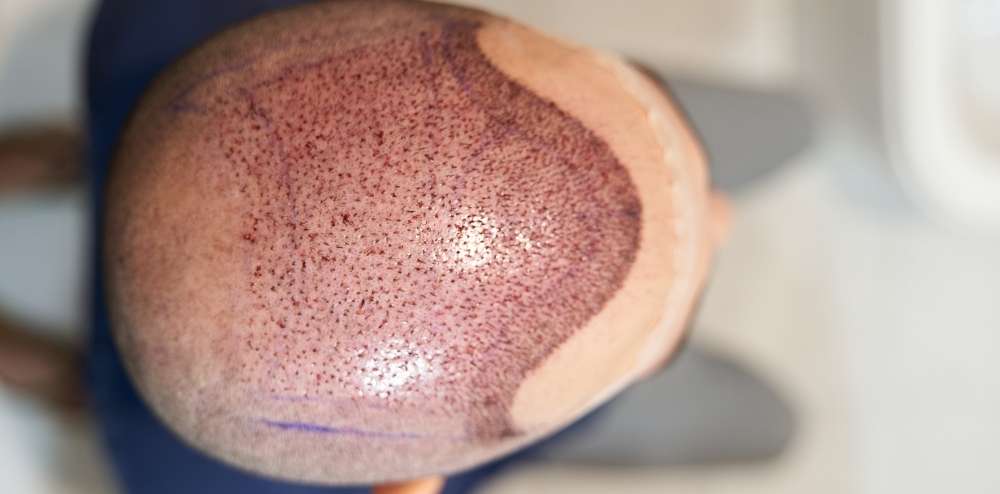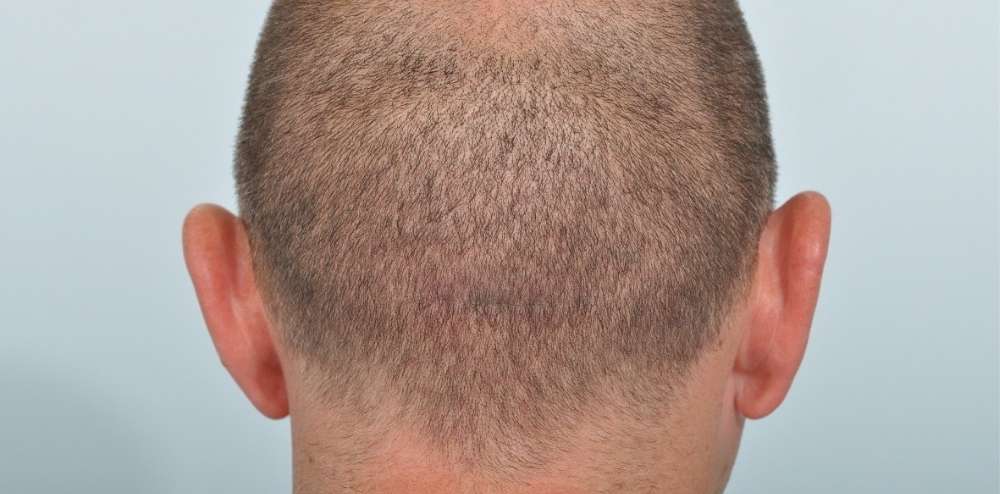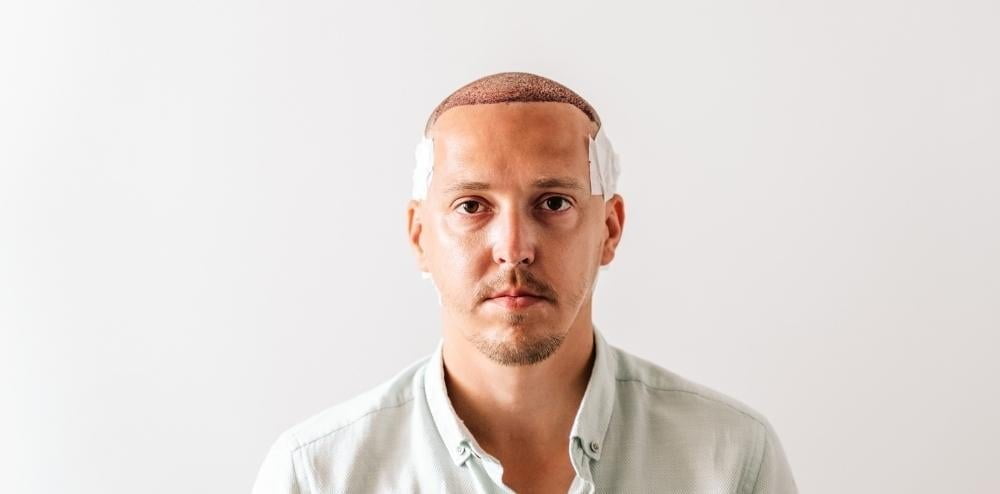For those who are experiencing hair loss, having hair transplant procedure can change their lives. Although the procedure is usually regarded as safe and effective, it is crucial to comprehend the various hair transplant healing stages to guarantee the best results. This blog post will go over the different hair transplant healing stages, what to anticipate at each stage, and how to take care of your transplanted hair while it heals.

Preoperative Planning
It’s critical to psychologically and physically prepare before having hair transplant surgery. You will receive a list of pre-surgery instructions from your doctor, including any tests or examinations that may be required and any medications or supplements you should avoid before the operation.
A qualified and experienced hair transplant surgeon should be selected to execute the procedure. Your surgeon will give you a thorough consultation during which they will go over your objectives, the procedure you will have, and what to anticipate from the recovery period.

The Procedure
During the hair transplant procedure, the surgeon will remove hair follicles from a donor area, usually the back of the head, and transplant them to the recipient area, where hair loss is occurring. The procedure is usually performed under local anesthesia and may be accompanied by sedation, based on the patient’s preferences.

Immediate Post-Surgery
You might experience some swelling, redness, and tenderness in the transplant area right after the hair transplant procedure. A list of post-operative directions, including any required painkillers, antibiotics, and other medications to speed up the healing process, will be given to you by your hair transplant specialist.
Additionally, you will wear a bandage to safeguard the donor area while it heals initially for a day or two. Your hair transplant specialist will also provide you with instructions on how to care for your transplanted hair, including how often to wash it, how to style it, and how to prevent any activities that may create stress or strain on the transplanted area.

The First Two Weeks
During the first two weeks after the hair transplant procedure, you can expect some shedding of the transplanted hair. This is normal and part of the hair transplant healing process. As the follicles get used to their new surroundings, the transplanted hair will fall out.
Additionally, some swelling, redness, and tenderness may still exist in the transplanted area. Your surgeon will provide you with any necessary medications and instructions on how to manage any discomfort.
It is essential to avoid any activities that may cause stress or strain on the transplanted area during this time, including vigorous exercise, swimming, and exposure to extreme heat or cold. Your surgeon will provide you with a list of activities to avoid during the healing

Three to Six Months
At around three to six months after the hair transplant procedure, you can expect to see new hair growth in the transplanted area. Initially sparse, this hair growth will eventually thicken and become more defined as the transplanted hair grows.
It is crucial to follow your surgeon’s post-operative instructions and to refrain from engaging in any actions that could put strain or stress on the transplanted area. Your surgeon will also give you any advice and products you need for maintaining the health of your newly transplanted hair.

One Year and Beyond
One year after the hair transplant procedure, you can expect to see significant growth in the transplanted area, with results that are often very natural-looking and indistinguishable from your natural hair.
However, it is important to continue to follow your surgeon’s post-operative instructions and to maintain the health of your transplanted hair by following a healthy hair care routine. This may include regular use of gentle shampoos and conditioners, as well as avoiding excessive heat styling and chemical treatments.
It is also important to continue to protect your transplanted hair from sun exposure and other environmental factors that can cause damage. Your surgeon may also recommend regular follow-up appointments to monitor the health of your transplanted hair and to address any concerns or issues that may arise.
Final Thoughts
Hair transplant surgery can be a life-changing experience for those suffering from hair loss, but it is important to understand the different stages of hair transplant healing to ensure the best possible outcome. By following your surgeon’s post-operative instructions and taking care of your transplanted hair, you can help ensure that your new hair growth is healthy and natural-looking.
If you are considering hair transplant surgery, be sure to choose a qualified and experienced hair transplant surgeon and to discuss all of your options and expectations with them prior to the procedure. With the right preparation and care, you can enjoy the benefits of a successful hair transplant for years to come.







